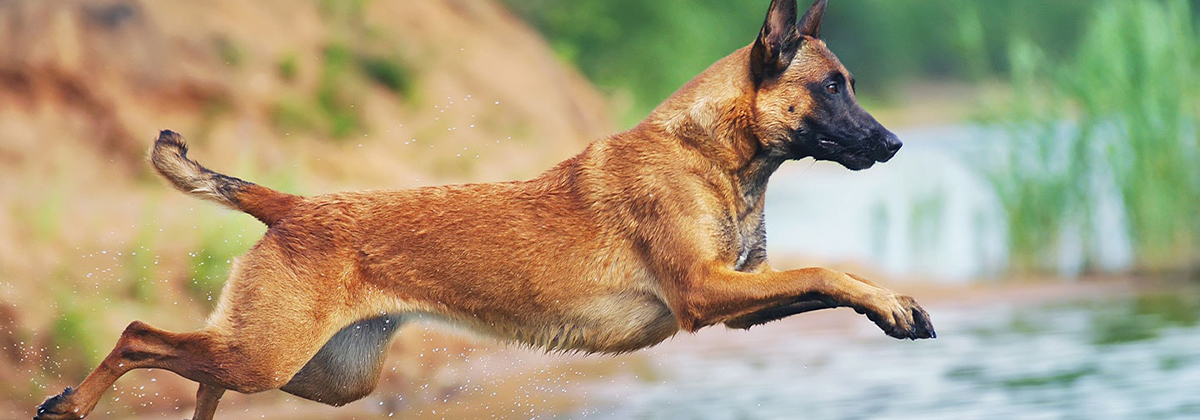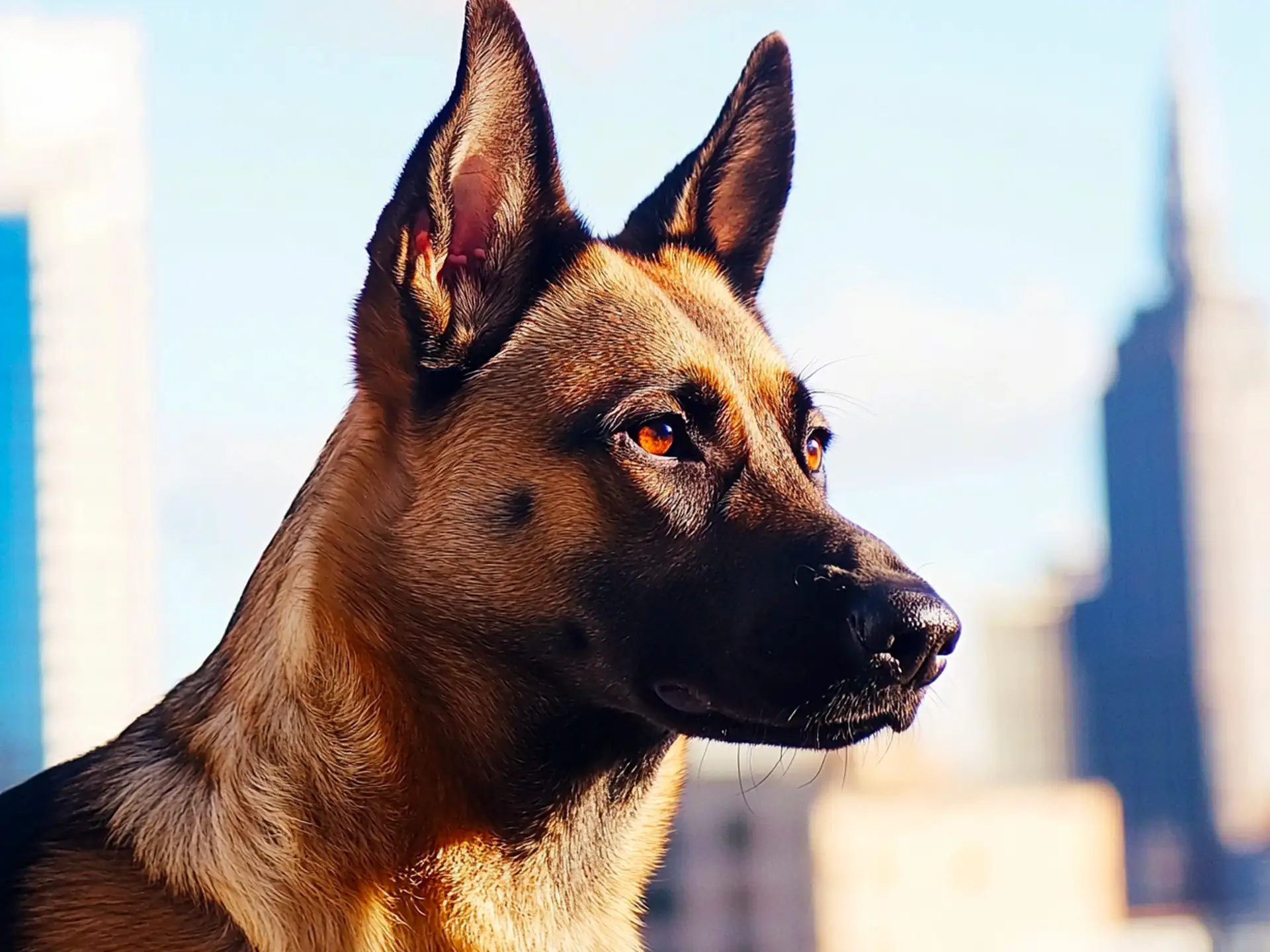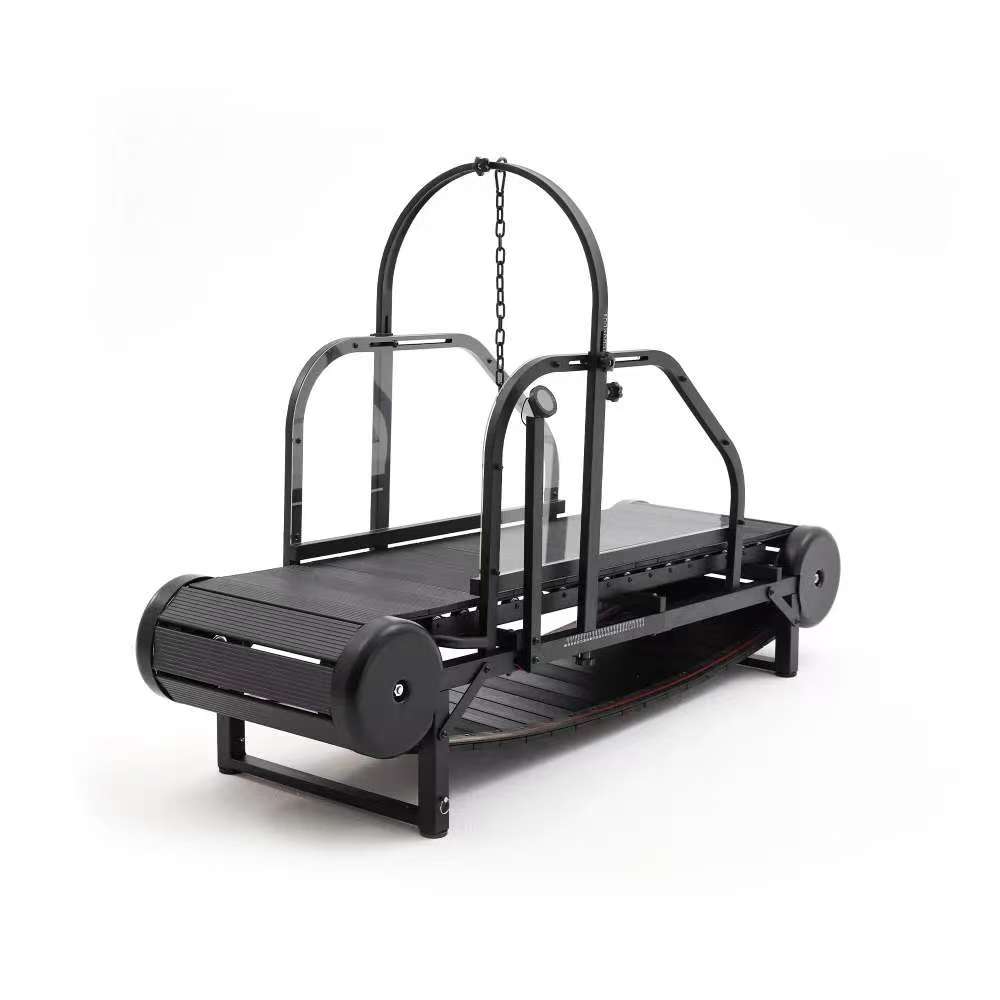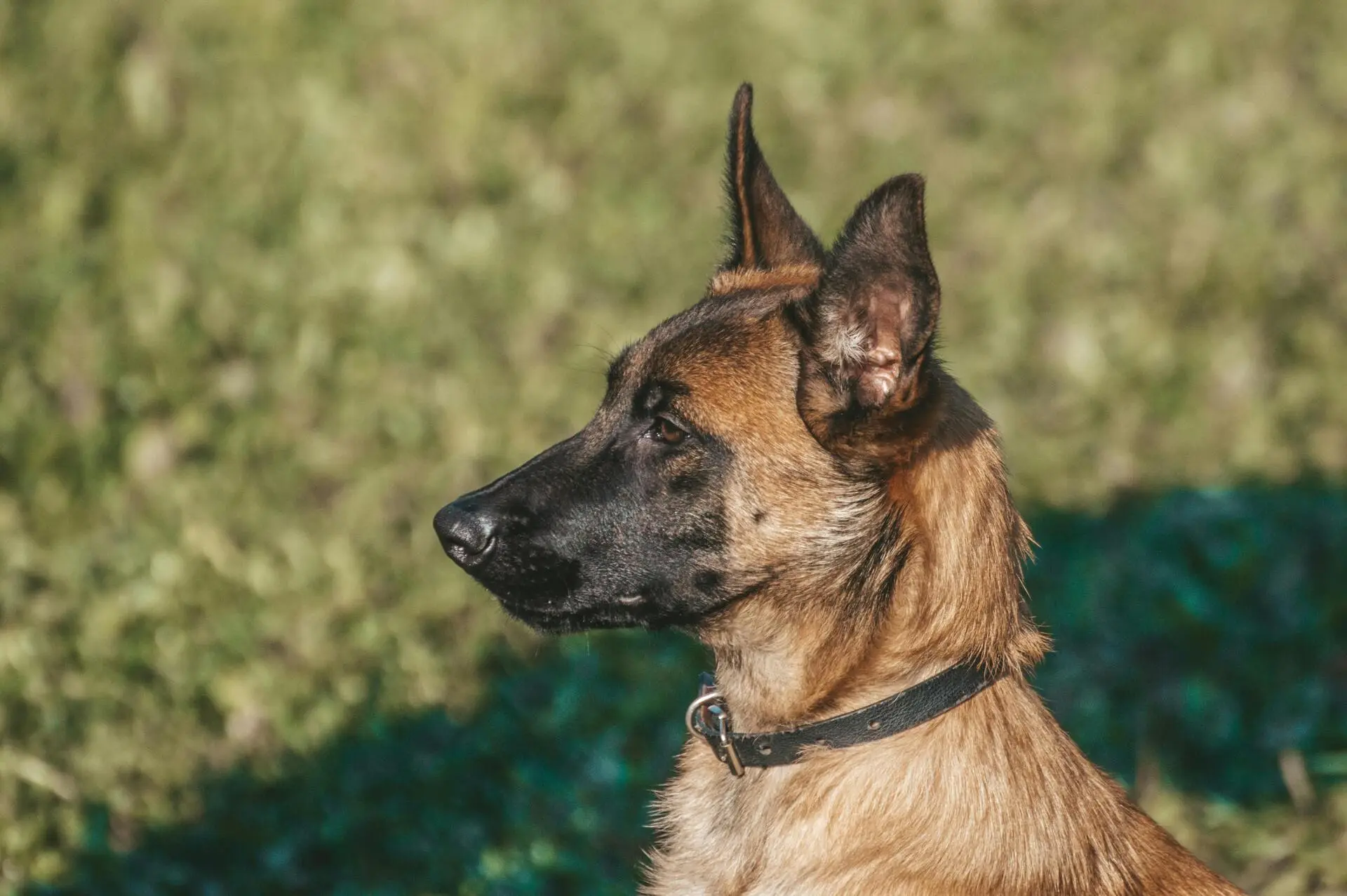The Belgian Malinois is a special dog breed. They are smart, quick, and hard-working. These dogs do well in many jobs, like police work and search and rescue. But, without good training, their energy and instincts can cause problems. For example, a study showed that Malinois can find drugs with over 90% success. This shows how important training is to use their skills. To help your Malinois do well, you should start training them when they are puppies. If you’re looking for a dog treadmill for sale, it can be a great tool to help keep your Malinois active and healthy indoors.
Understanding the Belgian Malinois: A Breed Built for Intensity

Before delving into training specifics, it’s crucial to acknowledge the Malinois’ genetic blueprint. Bred for herding and later honed for tactical roles, this breed thrives on purposeful activity. Key traits that dictate training approaches include:
-
Extreme energy levels: Malinois often exhibit what trainers call “persistent drive,” requiring 2+ hours of structured exercise daily to prevent destructive behaviors.
-
Prey drive and focus: Their innate ability to fixate on tasks makes them exceptional working dogs, but also means monotony leads to boredom quickly.
-
Sensitive temperament: While bold in mission-oriented contexts, they respond best to positive reinforcement and consistent, patient guidance.
-
Joint health considerations: Their lean, muscular build and explosive movement put pressure on hips and knees, necessitating low-impact exercise options as they age.
Without proper channeling, these traits can manifest as anxiety, excessive barking, or even aggression. A well-integrated treadmill program addresses these challenges by providing controlled, purposeful activity that complements traditional training methods.
Core Training Domains for Belgian Malinois
1. Physical Conditioning: Building Endurance Without Compromise
The Malinois’ role in agility, protection work, or search-and-rescue demands peak physical fitness. A dog treadmill serves as a precision tool for:
-
Cardiovascular conditioning: Unlike outdoor runs that may be hindered by terrain or weather, a treadmill allows consistent speed adjustments. Start with 5-minute intervals at 3-4 mph, gradually increasing to 20-minute sessions adult dogs.
-
Muscle toning and symmetry: The controlled surface of a treadmill encourages proper gait, especially when combined with incline settings (up to 10% for advanced dogs). This is vital for Malinois engaged in tasks requiring sudden direction changes, like agility courses.
-
Injury prevention and rehabilitation: For dogs recovering from minor strains, a low-speed, flat treadmill workout reduces impact while maintaining muscle memory. Always consult a veterinarian before introducing exercise post-injury.
Training tip: Incorporate “interval training” by alternating 1-minute sprints with 2-minute recovery walks . This mimics the “work-rest” cycles of their natural herding or tactical roles, enhancing both stamina and mental focus.
2. Mental Stimulation: Overcoming Boredom Through Structured Routine

Malinois are prone to “working dog burnout” if training lacks variety. A dog running machine can be transformed into a mental challenge by:
-
Incorporating commands during exercise: Teach your dog to start/stop the treadmill via voice cues or hand signals. This reinforces obedience while they’re in a heightened state of arousal, a key skill for working dogs.
-
Sensory integration: Place treats or toys on the treadmill deck to encourage problem-solving (e.g., retrieving a ball while walking). This combines physical exertion with cognitive engagement, a hallmark of effective Malinois training.
-
Environmental adaptation: Gradually introduce distractions like loud noises or unfamiliar objects near the treadmill. This desensitizes them to external stimuli, a critical skill for service or protection dogs.
Research has shown that mentally stimulated Malinois exhibit reduced stress behaviors. A 2023 study in Journal of Canine Behavior found that dogs who completed treadmill sessions with added cognitive tasks had 37% lower cortisol levels than those who exercised without mental engagement.
3. Obedience and Behavioral Conditioning
The treadmill can serve as a neutral training ground to address common Malinois challenges:
-
Impulse control: Teach “wait” before starting the treadmill and “stay” when stopping. This translates to real-world scenarios, like resisting the urge to chase moving objects.
-
Crate training integration: If your treadmill is near a crate, use the exercise session as a reward for calm crate behavior. Malinois respond well to “work = reward” associations.
-
Socialization for reactive dogs: For Malinois prone to leash reactivity, the treadmill can provide a controlled space to practice focusing on their handler while other dogs or stimuli are visible (e.g., through a window).
Case study: A Belgian Malinois named Koda, who struggled with leash aggression, was trained to walk on a treadmill while viewing other dogs through a fenced yard. Over eight weeks, his ability to maintain focus on his handler increased by 65%, as documented by his trainer.
4. Specialty Training for Working Malinois
For dogs in tactical, service, or competitive roles, the treadmill offers unique advantages:
-
Simulating operational environments: Adjust speed and incline to mimic terrain like hills or rocky paths, preparing military or search dogs for real-world missions.
-
Equipment familiarization: Trainers can place tactical vests, harnesses, or gear on the dog during treadmill sessions, ensuring they’re comfortable carrying weight while moving.
-
Temperature adaptation: In climate-controlled environments, trainers can safely expose Malinois to heat or cold during treadmill workouts, building resilience for deployments in extreme conditions.
Treadmill Training Best Practices for Belgian Malinois

1. Age-Appropriate Programming
-
Puppies (8-16 weeks): Limit to 2-3 minute sessions at walking speed to avoid joint strain. Focus on positive association with the equipment, not endurance.
-
Adolescents (4-12 months): Increase to 10-15 minutes, introducing slight inclines (2-3%) to build muscle without overloading growth plates.
-
Adults (1+ years): Full training sessions (20-30 minutes) with variable speed and incline, depending on fitness goals.
-
Seniors (7+ years): Low-speed, flat treadmill walks for 10-15 minutes to maintain mobility and joint health.
2. Equipment Considerations
-
Cooling measures: Have a fan or air conditioner nearby, as Malinois are prone to overheating. Provide water breaks every 5-10 minutes during intense sessions.
-
Warm-up and cool-down: Start with 2 minutes of slow walking, followed by stretching of hind legs and shoulders. Post-workout, repeat stretches and offer a low-protein snack to aid recovery.
Training Methods
Positive Reinforcement
Positive reinforcement is a great way to train your Malinois. This method means giving your dog rewards for good behavior. This encourages them to do those actions again. Here are some important points about positive reinforcement:
-
Faster Learning: Dogs learn tasks faster with positive reinforcement. This means your Malinois will understand commands and tricks quickly. Training sessions will be more fun for both of you.
-
Better Performance: Studies show that dogs trained this way do better with new tasks. They also show less stress, which is important for active breeds like the Malinois.
-
Lower Anxiety: Aversive methods can make dogs anxious and scared. Positive reinforcement creates a calm space, helping your Malinois do well. Signs of stress, like panting and tension, are much lower in dogs trained this way.
To use positive reinforcement well, think about using treats, praise, or playtime as rewards. For example, when your Malinois follows a command, reward them right away. This link between behavior and reward helps them remember what to do.
Consistency in Training
Being consistent is very important when training your Malinois. These dogs are smart and full of energy. They need a routine to use their instincts in a good way. Here’s why consistency matters:
-
Behavioral Stability: Without a steady training routine, your Malinois might misbehave. They do best with structure, and a mixed training style keeps them mentally active and physically fit.
-
Reinforcement of Commands: When you use the same commands and signals every time, your dog learns to connect those words with actions. This helps them respond better over time.
-
Building Trust: Consistency builds trust between you and your Malinois. When they know what to expect from you, they feel safer and more confident.
Adding a consistent training schedule to your day can really help. Try to have short, regular training sessions instead of long, rare ones. This keeps your Malinois interested and excited to learn.
By using positive reinforcement and being consistent in your training, you’ll help your Malinois succeed. These methods not only improve their learning but also make your bond stronger.
Physical Activity
Belgian Malinois are active dogs that need a lot of exercise. To keep your Malinois happy and healthy, you must meet their daily exercise needs. Recent studies say that high-energy breeds like the Malinois need 30 minutes to 2 hours of daily exercise. Many of them need close to 2 hours to stay well-behaved and healthy. This exercise should be intense and varied, including jogging, running, hiking, and playing fetch. These activities help build strength and endurance while also giving mental stimulation. Without enough exercise, your Malinois might feel anxious and could act out.
Daily Exercise Needs
To make sure your Malinois gets enough exercise, try these tips:
-
Vary Activities: Change up your dog's routine with different activities. This keeps things fun and helps stop boredom.
-
Engage in Play: Playing fetch or tug-of-war is a great way to use energy and strengthen your bond.
-
Explore Outdoors: Take your Malinois on hikes or long walks in new places. This gives them physical exercise and mental stimulation as they see and smell new things.
Remember, aim for at least one to two hours of vigorous exercise each day. This will help your Malinois stay fit and happy.
Exercising Dogs on Treadmills
If the weather is bad or you’re short on time, you might think about exercising your dog indoors on a treadmill. Treadmill training can be a good way to meet your Malinois's exercise needs when outdoor activities aren’t possible. Here are some benefits of using a treadmill for your dog:
-
Controlled Environment: Treadmills let you control the speed and time of your dog's workout, making sure they get enough exercise.
-
Safe and Convenient: Exercising indoors on a treadmill can be safer during bad weather. You won’t have to worry about rain, snow, or heat affecting your dog's exercise.
-
Mental Stimulation: Treadmill training can also keep your dog’s mind busy. You can add commands and tricks while your dog walks or runs, keeping them engaged.
When you first introduce your Malinois to the treadmill, start slowly. Let them get used to the machine before you increase the speed. Gradually build their endurance, just like you would with outdoor activities.
Using a treadmill for my dog can be a great part of their exercise routine, especially when mixed with outdoor activities. It’s a fantastic way to keep your Malinois active and healthy, even when you’re indoors.

Training your Malinois is very important for their happiness and health. Pay attention to these main points:
-
Begin training early to create trust and stop bad habits.
-
Use positive reinforcement, like clicker training, to help build confidence.
-
Stay away from harsh methods, as they can cause stress and hurt trust.
-
Give your dog lots of physical and mental activities to match their energy.
If you face any problems, don’t be afraid to get professional help. Remember, a well-trained Malinois is a happy friend! 🐾










0 Comments